Guide to Living in an ADU
As you get older and your kids leave the nest, you might wonder whether you want to stay in your home or move into a more affordable living situation. With an accessory dwelling unit (ADU), you can make both options a possibility. This style gives you an independent facility while allowing you to be close to family. You may even be able to build onto your property and avoid the hassle of putting your house on the market.
This ADU guide will help you make an informed decision about ADU living to see if it’s the right choice for your future endeavors. Explore the various accessory dwelling units we offer at Valley Home Builders and design your custom ADU today.
Why Do People Move Into ADUs?
People move into ADUs to reduce costs and have more accessibility as they age. Instead of settling into a retirement home or moving to a different state, you can stay where you’ve grown your roots while investing in your children and grandchildren’s lives.
You might consider installing an accessory dwelling unit in your house to:
1. Downsize in Place
As you get older, you may realize that you don’t need as much property as you did when you had a house full of kids. If you’re overwhelmed by all the cleaning and maintenance that comes with owning a full-sized home, you might consider moving into a new place and starting all over again. Instead, you can stay on your current property in an accessory dwelling unit.
Over the years, it gets harder to go up and down stairs or use the tub in a big house. A typical ADU is one floor, and we’ve built plenty of bathrooms for those who have accessibility issues. In an ADU, you’ll have all the features of your current home — a bathroom, living room, dining area and bedroom — but on a smaller, more manageable scale. You can downsize in place with a home addition by:
- Building one on your current property: Instead of worrying about selling your house and trying to find a new one, you can add an accessory dwelling unit to your existing property. You could allow your family to stay in your primary home or rent it out to earn additional income.
- Building one in your family’s backyard: If your plot of land is too small to put an accessory dwelling unit, you could consider asking your son or daughter to build on theirs. By moving onto the same property as your family members, you can contribute to their utility costs and be close to your children and grandchildren.
2. Stay Close to Your Family
Multigenerational living is beneficial for young parents who need help with the kids and grandparents who need affordable housing and a caregiver. An accessory dwelling unit is also known as a “mother-in-law suite” or a “granny house” because it’s an ideal home for grandparents to live in. About 84% of people ages 50 and up would add to their existing home or create a detached residence to care for their loved ones.
Often, middle-aged and elderly homeowners feel the need to move to a more affordable location because they can’t keep up with their monthly payments. If you don’t want to leave your family, you could build onto your property or near your children to maintain your close relationship with them.
Some of the benefits of multigenerational living in an accessory dwelling unit include:
- Sharing special moments with your loved ones: If you move out of state or into an assisted living facility, you’ll be far away from your family. These special people cherish you and want you to be there for all of their milestones. By living near your loved ones, you can watch your grandson take his first steps or go to your granddaughter’s soccer games.
- Built-in care: Instead of trusting a stranger to take care of you in a retirement home, you could seek help from those who know you and love you. Even if you’re in good health, you could be there for your children by offering to babysit the grandchildren and run errands.
- Savings on travel: If you’re near the house where you’ve lived for the past few decades, you can keep your holiday traditions alive by celebrating with the whole family. You don’t have to worry about scheduling flights or drives for your loved ones or getting on the road to visit them during some of the most stressful times of the year.
- Privacy: While you may like the idea of living with your family, you may not want to invade their living space. With an accessory dwelling unit, you can have a separate living space that’s not far from them.
3. Protect Your Investment
Even in this competitive housing market, you’ve managed to keep your home in good shape over the years. You must be proud of your investment, and you want to leave it for your children, so they can continue your legacy. However, as you age, you may want to sell your property because it’s too big for you to live in by yourself or with your spouse.
If you decide to move into an accessory dwelling unit, you can live in a more affordable living space in your backyard to keep an eye on your house. As a result, you may be able to gift your home to your children when they’re ready instead of selling your property to strangers. In addition, an ADU substantially increases property value and provides an incentive for future potential buyers.
Tips for ADU Living
To prepare for living in an accessory dwelling unit, you need to create a plan and downsize. Ask your family members to help you sort through your items and pack up your belongings. After you’ve figured out what you’re bringing with you, consider how you want to build your secondary unit and what legal requirements you need to follow.
1. Make a Plan
If you decide that you want to live in an ADU in the next couple of years, you should have a conversation with your children about your plans. Before you move into an accessory dwelling unit, discuss the particulars of your future endeavors to allow your family to get involved.
As you plan, include these essential items:
- Your budget: Think about how much money you’re willing to spend on an accessory dwelling unit. Factor in the cost of installation while also understanding that you’ll be saving money in utility costs and travel over the years. Depending on where you live, the cost to build an ADU is a fraction of what you would pay for a full-size home.
- Your desired location: Discuss with your family whether you can set up your ADU on your current property or create an extension of their house. If you need to install it on their property, allow them to be part of the designing and building process.
- Your timeline: Building an accessory dwelling unit can take up to 18 months to complete. At Valley Home Builders, it takes four to six months once we have the proper permit. If you’re in good health, you have plenty of time to design your ideal floor plan, pack up your belongings and move into your new place.
2. Declutter Your Living Space
The hardest but most critical component of downsizing is sorting through your belongings. While you could pass them on to your kids, they might not have the same affection you have toward your mementos.
Follow these tips for downsizing your property:
- Start small: Give yourself enough time to reflect on the memories that each belonging holds before you donate or throw it away. Begin cleaning out the storage areas and go through items that you probably haven’t touched in years.
- Create piles: Get some bins to sort your things into categories — keep, donate and trash. You might want to shred documents with your personal information, such as your bank statements or utility bills. Contact local charity centers to determine where you can donate your unwanted items that are still in good condition.
- Be gentle when gifting your belongings: While you have been saving your old furniture or holiday decorations to give to your child one day, he or she might not want them. Instead of forcing your family to accept your possessions, be willing to gift them to people who would appreciate them.
3. Start Building Your ADU
As you design your custom ADU, be realistic about the amount of space you have and what features you need. Follow these tips for planning the layout of your accessory dwelling unit:
- Hire professionals: Instead of employing the first company that gives you an estimate, look for an architect, designer and contractor who knows about building accessory dwelling units. These properties require special permits and building features that are different from regular houses. Get multiple bids from contractors, and choose someone who will do the job well.
- Create a floor plan: Discuss your floor plan with your architect and your family. Think about the practical use of your new residence and your current and future physical capabilities, including space for walkers or wheelchairs.
- Explore the legal requirements: Any permanent home addition you install on your property will require a permit that follows your local area’s regulations. If you work with a custom builder, they should know the standards for accessory dwelling units. They’ll make sure you have enough space to build a secondary unit, which usually measures about 800 square feet.
What to Expect Moving Into an ADU
When you move into an accessory dwelling unit, it may be an adjustment, so you should mentally prepare yourself for this change. Even though you’ll have less space than you did for the last few decades, you’ll appreciate the lower utility bills and easier maintenance to accommodate your lifestyle. As you go from a full-sized house to an ADU, here are some of the benefits you’ll experience over the years.
1. More Natural Light
Most builders bring in natural light with several full-sized windows and skylights to make the unit seem more spacious. If you’re not used to this much natural light in your home, here are some ADU tips to give your tiny house more privacy:
- Use curtains: Colorful curtains can enhance the beauty of your indoor living space, but they also control the amount of sunlight coming into your home. Blackout curtains are useful in the summer when the hot sun beats down on your property, while translucent curtains allow you to enjoy the sunlight without exposing your private space to your neighbors.
- Plant greenery: Trees or plants can provide shade and increase air quality. While trees may take a few years to grow, you can use bushes and other hedges around your property to cover your windows naturally.
- Create a side entrance: A front door gives your neighbors a clear view into your property. Consider configuring your house to the side for a little extra privacy, so the front of your home is facing the fence.
2. Convenient Amenities
When you walk into your new accessory dwelling unit, you’ll feel like you’re walking into a smaller version of your current house. Take advantage of these features you can expect to have in your home:
- A living room that can fit some of your furniture
- A kitchen with full-sized appliances of your choice
- An easy-to-clean full-sized bathroom
- A private bedroom where you can relax
- High-quality materials throughout the house
- A one-story configuration, so you don’t need stairs
While you might have had to spend a lot of time and money maintaining your home over the years, you’ll be happy to know that accessory dwelling units come with less maintenance. Cleaning and repairing your new home will take a fraction of the time.
3. Lower Utility Costs
An accessory dwelling unit is more energy-efficient than a full-sized house because it takes up less space. Since you use less energy to create a comfortable temperature in your home and power your appliances, you’ll save money on energy costs each month on your:
- Sewer
- Water
- Electric
- Gas
- Cable
- Phone service
Along with your rent at an assisted living place, you might have to pay extra money for these services, including garbage and recycling pickup. On the other hand, in California, you don’t have to use a separate service meter for your new property, so you can save money on installing utilities in your ADU. If you live near your kids, you also won’t need to use as much gas driving back and forth.
4. A Legacy
Your neighbors will make or break your experience in your new home. With an accessory dwelling unit, you can choose the people who live next door to you. Your new home addition puts you in the same neighborhood as your loved ones, which encourages your family to stay in place for centuries.
Even if you’re building your accessory dwelling unit for your personal use, you could leave a legacy for your loved ones. The family could use this home for countless generations by:
- Using it as excess space: As your children grow their families, they could use the ADU as a functional area, such as an office or a gym.
- Give the kids some independence: When your grandchildren become teenagers and young adults, they could live in the ADU to have personal space.
- Rent it out: The family could live in the full-sized house and rent out the ADU to earn additional income. When their kids leave the house, they could live in the ADU and rent out the main house.
- Increasing the property value: If your children decide they don’t want to keep your estate when they inherit it, they could earn more money when selling your property with an ADU in the backyard.
5. Increased Property Value
Whether you decide to use your new ADU as a living space for your parents or adult children or as a home office or workout room for yourself, you can expect it to increase your property value.
Depending on your property and where you are located, this addition may not just add value — it can also help make your home more competitive and improve your resale potential. This is because the space provides additional square footage and can be used for rental opportunities.
What Type of ADU Is Right for You?
Accessory dwelling units are available in various different types, depending on the amount of available land and how much you want to spend. Check out the most popular models to find the best one for your home:
1. Attached ADU
A unit attached to the house is an addition that builders will often install on the back or side. Here are some of the advantages of an attached ADU:
- It’s easier to install electrical and plumbing systems by connecting to the house.
- All your amenities are in one spot.
- It doesn’t require the use of stairs, and you can have a separate entrance.
- It’s convenient for your family to visit you, while also giving you privacy.
However, keep in mind that it costs more money than a garage or basement conversion. You need enough land on your property to attach a separate living space to your house.
2. Detached ADU
With this option, you have your own house while being within walking distance from your loved ones. A detached accessory dwelling unit is a separate structure from the house, but it’s still part of your property. These residences need to be on foundations, such as a concrete slab.
Some of the advantages of a detached ADU include:
- It provides the most privacy while also allowing you to be close to your family.
- You can choose your house’s landscaping and design instead of complementing the look of your existing home.
- If you’re not ready to move into it yet, you can rent it out and make passive income.
- It’s easy to install electrical and plumbing systems by connecting them to the main house.
As with an attached ADU, you need enough space on your lot for a detached unit. You also need the proper utility lines and parking space, and this configuration is more expensive to maintain and install.
3. Garage Conversion
If you have a garage on your property, you can turn it into an accessory dwelling unit. Most homeowners who invest in a garage conversion ADU put the structure on top, so they can use the garage and still have a functional space for their family.
Here are some of the advantages of a garage conversion ADU:
- You don’t need any additional square footage on your property.
- You might be able to pay less because you’re building on top of an existing structure instead of building it from scratch.
- You can have more privacy because it’s in a different part of the house.
- If your family uses the garage for storage, you won’t get a lot of traffic under you.
Keep in mind that you’ll need to pay more money if you already have an attachment above your garage. You would also need to use the stairs if you live in this space, so this option wouldn’t work for you if you have limited physical capabilities.
4. Basement Conversion
A basement conversion involves creating a separate living space from an existing basement inside the house. Most of the time, homeowners use this type of ADU for an extra bedroom, such as an office, apartment or studio. If you’re going to use this setup as you get older, you’ll need a separate entrance.
Take advantage of these benefits of a basement conversion:
- You can use the utilities within the house without needing to set up a new line.
- You don’t need as many permits and standards as you would for a more extensive home addition.
- You can create functional space in your house without making any structural changes to your house.
Basement conversions don’t offer as much additional space as other types. Unless you have a split-level ranch or a house where the basement is ground level, this type of ADU might not be suitable for you as you age because you’ll most likely need to take the stairs.
Why Choose Valley Home Builders?
When you are looking for a comprehensive, trustworthy team to handle your ADU project, turn to Valley Home Builders. Our team is made up of experienced designers, architects, craftsmen and project managers.
You can expect our in-house team to be by your side every step of the way. We even offer a customer portal that makes it easy for you to do everything from communicating with project managers to viewing progress photos or videos.
Ready to Experience the Benefits of ADU Living?
Our design team is here to help you take advantage of all the benefits of ADU living. No matter what your goals are, we can help you achieve the perfect space for your property and applications.
Get started today by scheduling an appointment.
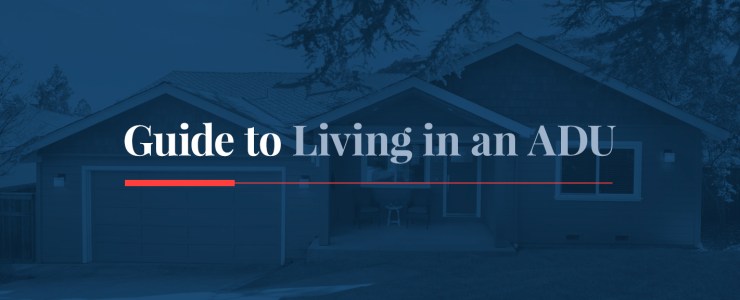
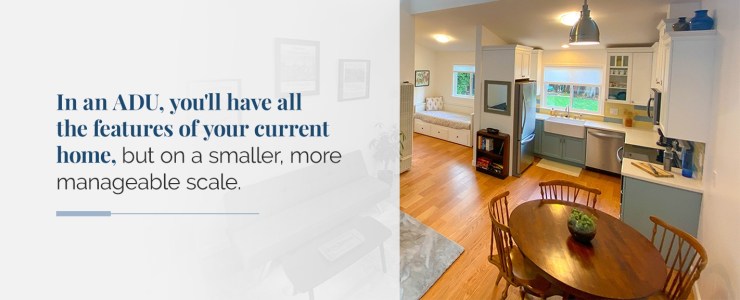

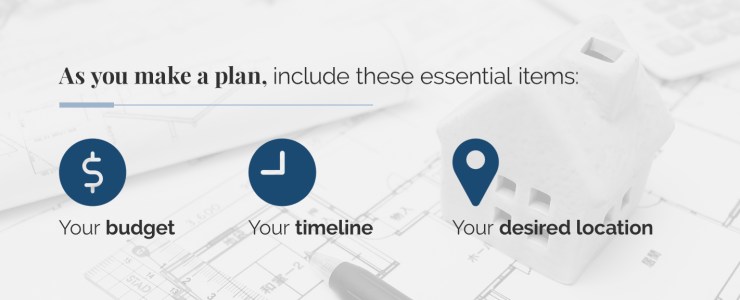
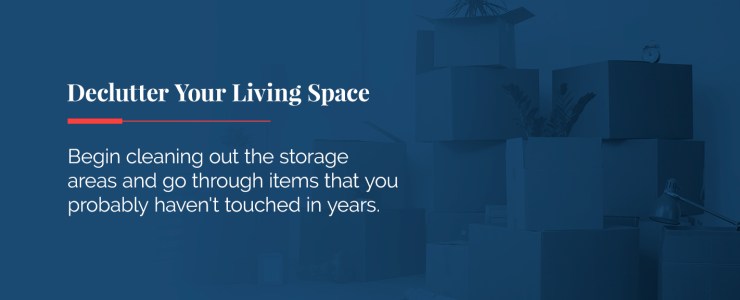
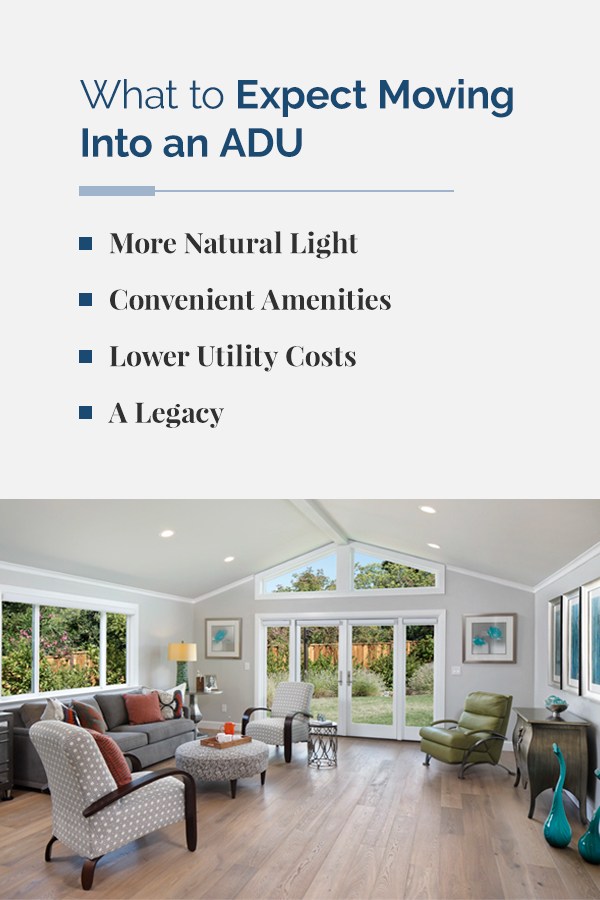
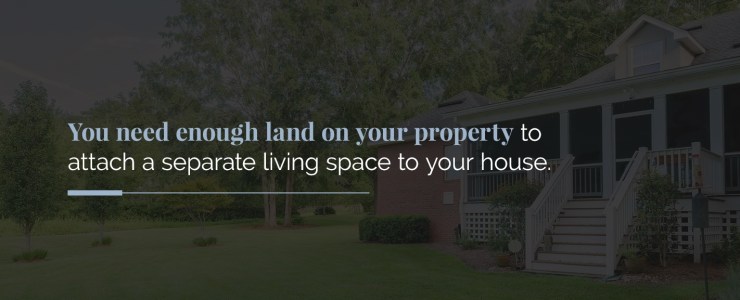
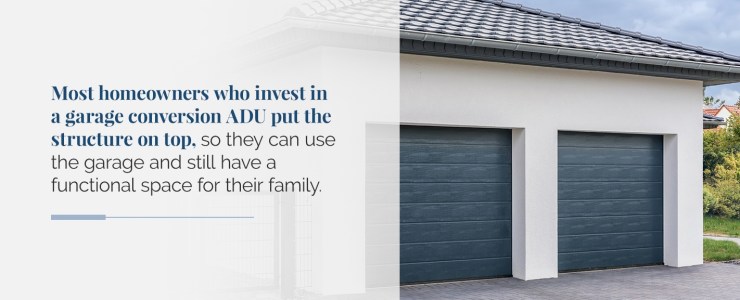
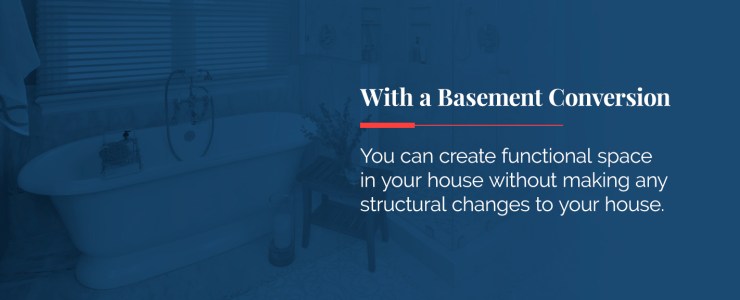
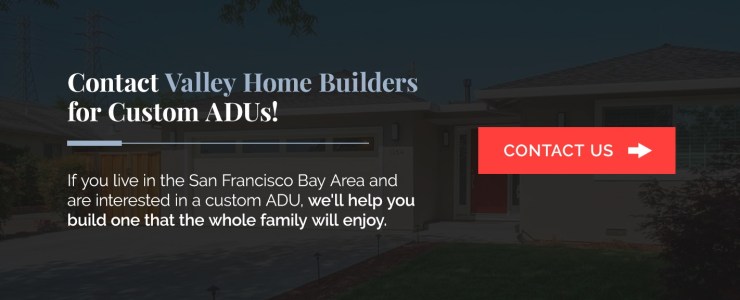
View Our Different Platforms: